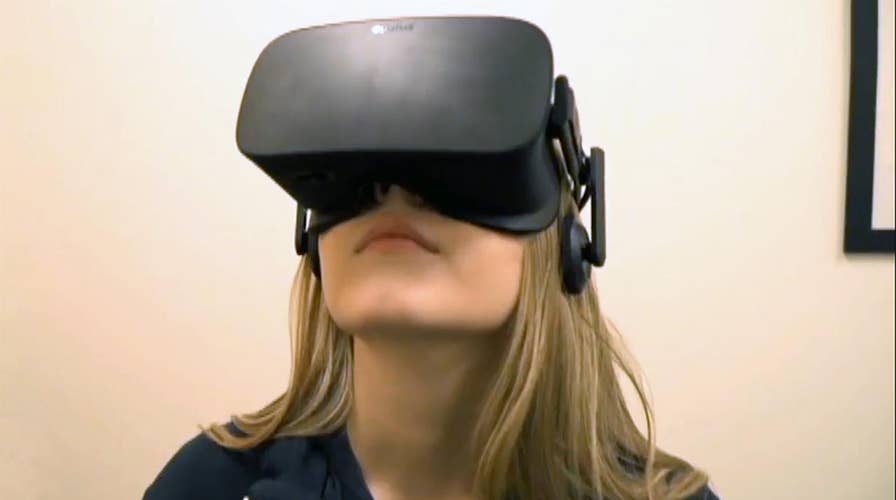Therapists explore virtual reality to help patients
Researchers at the University of Colorado Boulder are using immersive technology to help those who suffer from anxiety, depression, and irrational fears by placing the user into the situations that cause their moods or fears to flare up.
The percentage of young Americans with mental health disorders has more than doubled over the past decade, according to a new study from the American Psychological Association.
Likely triggers? Cellphones and social media.
“More US adolescents and young adults in the late 2010s, versus the mid-2000s, experienced serious psychological distress, major depression or suicidal thoughts, and more attempted suicide,” says lead researcher Jean Twenge, author of the book “iGen” and professor of psychology at San Diego State University. “These trends are weak or non-existent among adults 26 years and over, suggesting a generational shift in mood disorders instead of an overall increase across all ages.”
LAWYER BLAMES DOCTOR'S 'GOD COMPLEX' AFTER CANCER PATIENT'S DEATH
Twenge says she believes this trend is partially due to the explosion of digital culture over the past decade, which may have warped modes of social interaction enough to affect mood disorders.
The study, published in the Journal of Abnormal Psychology, analyzed data from the National Survey on Drug Use and Health, which has tracked drug and alcohol use and mental health issues in Americans since 1971. They investigated survey responses from more than 200,000 youths age 12 to 17 from 2005 to 2017, and almost 400,000 adults from 2008 to 2017.
Major depression in the last 12 months increased 52 percent in kids from 2005 to 2017 (from 8.7 percent to 13.2 percent) and 63 percent in young adults age 18 to 25 from 2009 to 2017 (8.1 percent to 13.2 percent). There was also a 71 percent jump in young adults experiencing serious psychological distress in the previous 30 days from 2008 to 2017 (7.7 percent to 13.1 percent). The rate of young adults with suicidal thoughts or other suicide-related outcomes increased 47 percent from 2008 to 2017 (7.0 percent to 10.3 percent).
So what’s so different now? Twenge says research shows young people just aren’t getting as much shuteye as they did in previous generations.
PENNSYLVANIA TEEN, 13, DIES AFTER SUDDEN CARDIAC ARREST, SCHOOL SAYS
Whereas older Americans might have established more stability in their lives, sleep-disrupting social stressors are likely at their peak for teens and young adults in this digital era, she says. Older adults are also less likely to let devices interfere with sleep. For example, Mom and Dad might be less likely to post late-night selfies or clap back in Twitter wars into the wee hours.
Given that the spike in mental health issues was sharpest after 2011, Twenge says it’s even more likely due to sudden cultural changes, such as shifts in how young people spend their time outside of work and school.
This could be good news, she said.
CLICK HERE TO GET THE FOX NEWS APP
“Young people can’t change their genetics or the economic situation of the country, but they can choose how they spend their leisure time,” she says. “… These results suggest a need for more research to understand how digital communication versus face-to-face social interaction influences mood disorders and suicide-related outcomes and to develop specialized interventions for younger age groups.”
Until then, she has a familiar suggestion: Put your phone down at least an hour before bedtime.

